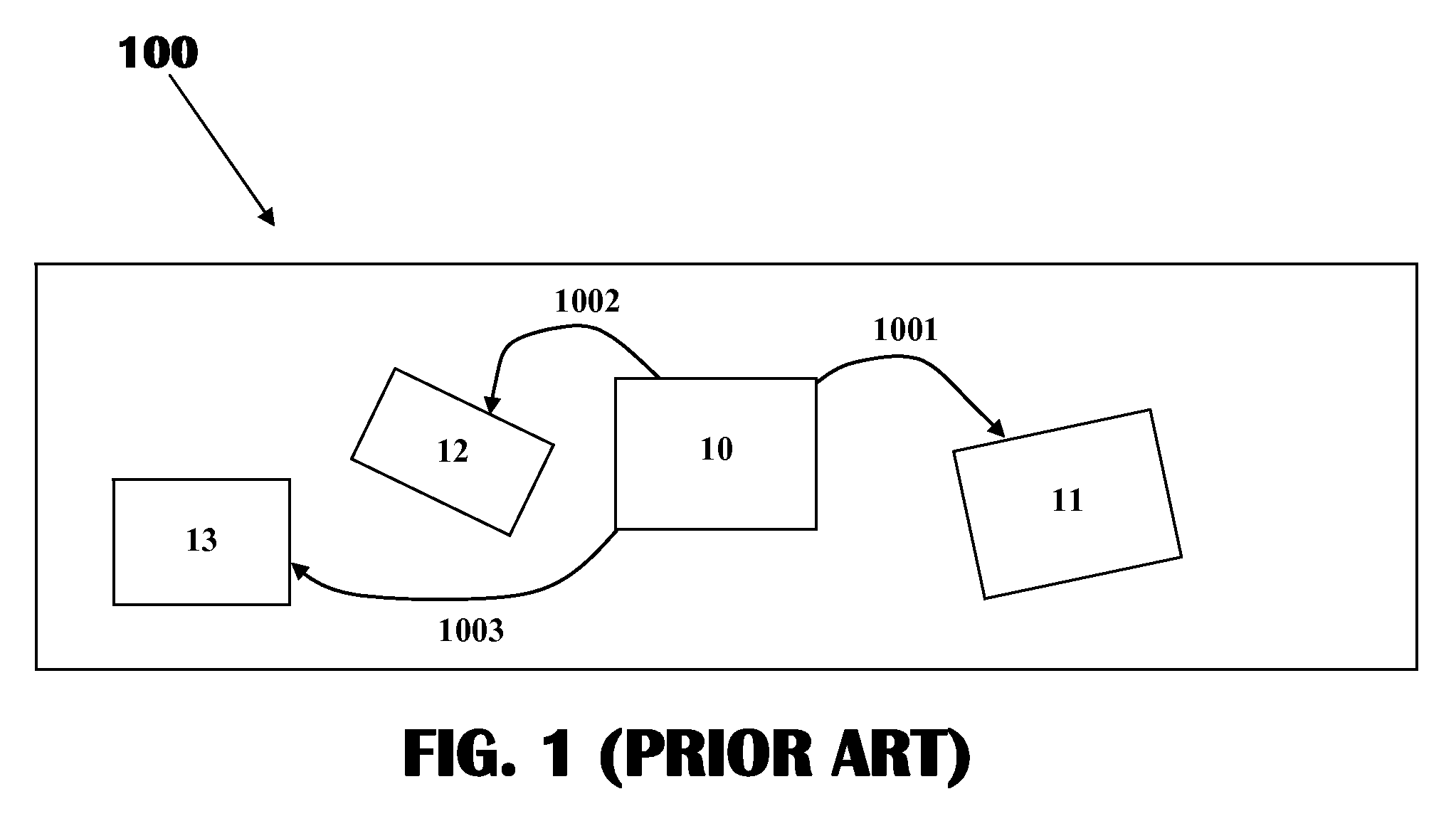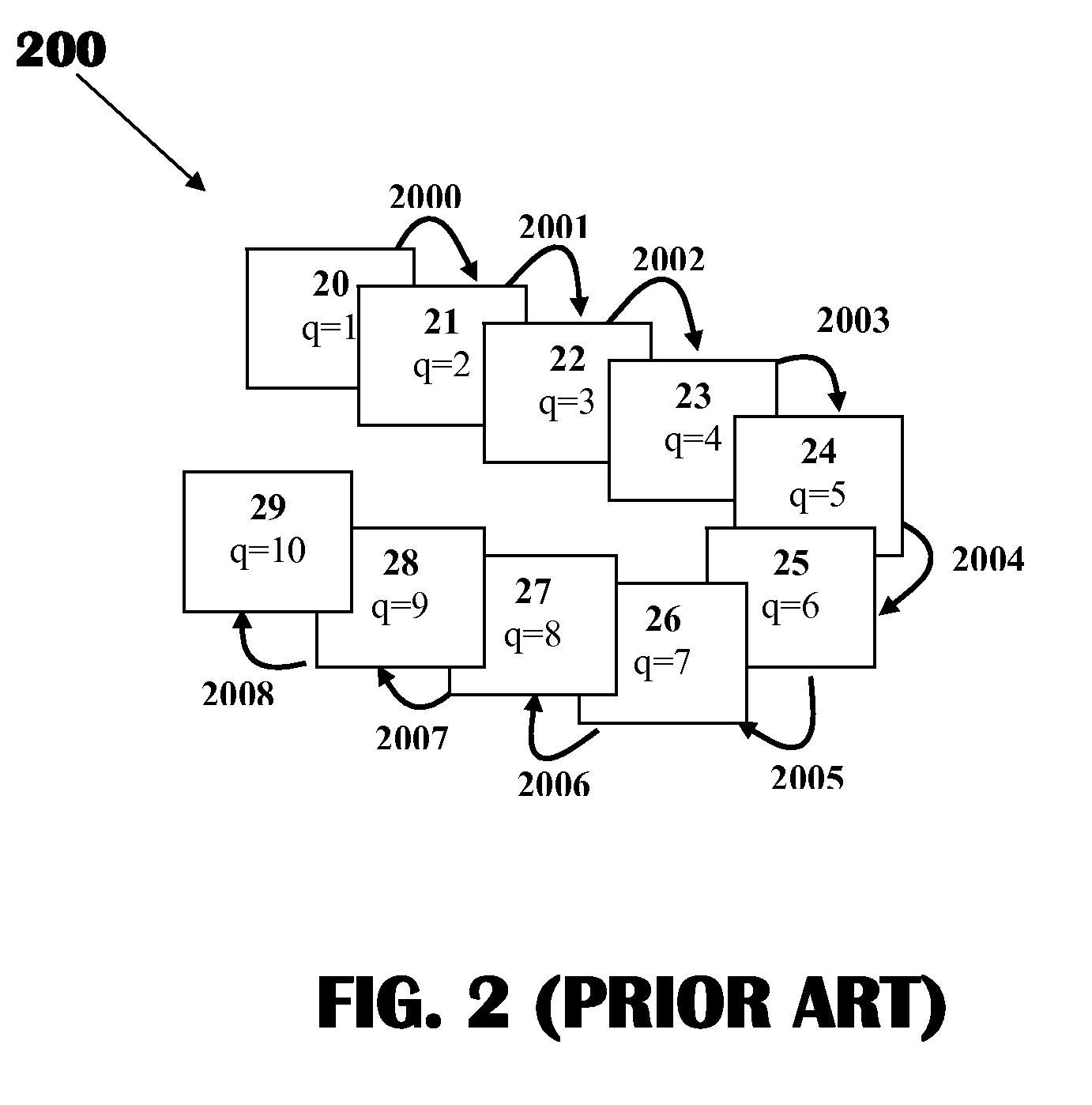Methods and systems for creating an aligned bank of images with an iterative self-correction technique for coordinate acquisition and object detection
a self-correction and image technology, applied in image data processing, instruments, character and pattern recognition, etc., can solve the problems of large image errors, limited accuracy of such algorithms, and inapplicability of methods, so as to reduce accumulated errors
- Summary
- Abstract
- Description
- Claims
- Application Information
AI Technical Summary
Benefits of technology
Problems solved by technology
Method used
Image
Examples
Embodiment Construction
[0056]It will be apparent to one skilled in the art that there are several embodiments of the invention that differ in details of construction, without affecting the essential nature thereof, and therefore the invention is not limited by that which is illustrated in the figures and described in the specification, but only as indicated in the accompanying claims, with the proper scope determined only by the broadest interpretation of said claims.
[0057]As used herein, the term “digitized image” refers to any two-dimensional array that is intended to represent something (e.g., an object or a landscape) that exists in (three-dimensional) space. Similarly, as used herein, the term “capturing and storing a digitized image” (CSDI) refers to any means for producing a digitized image as defined above from a real object, scene, landscape, etc. (“capturing”) and transferring it to any kind of digital storage medium (“storing”). Further, as used herein, the term “image sequence source” (ISS) re...
PUM
 Login to View More
Login to View More Abstract
Description
Claims
Application Information
 Login to View More
Login to View More - R&D
- Intellectual Property
- Life Sciences
- Materials
- Tech Scout
- Unparalleled Data Quality
- Higher Quality Content
- 60% Fewer Hallucinations
Browse by: Latest US Patents, China's latest patents, Technical Efficacy Thesaurus, Application Domain, Technology Topic, Popular Technical Reports.
© 2025 PatSnap. All rights reserved.Legal|Privacy policy|Modern Slavery Act Transparency Statement|Sitemap|About US| Contact US: help@patsnap.com



